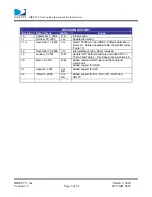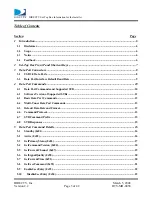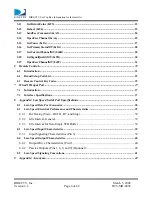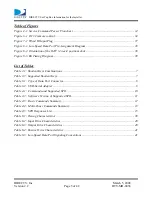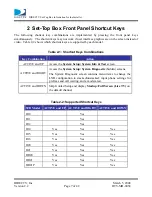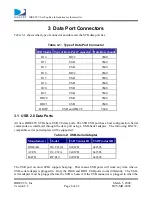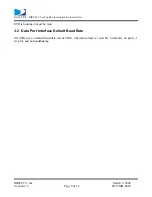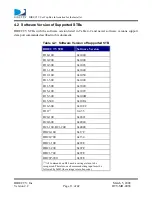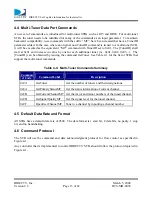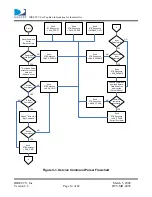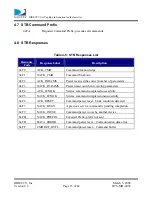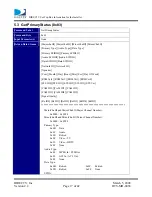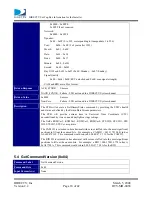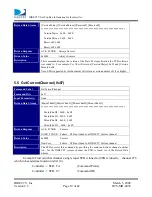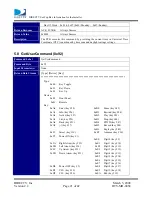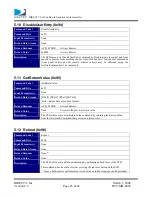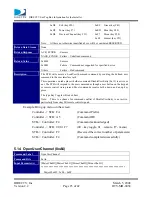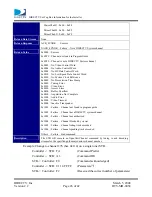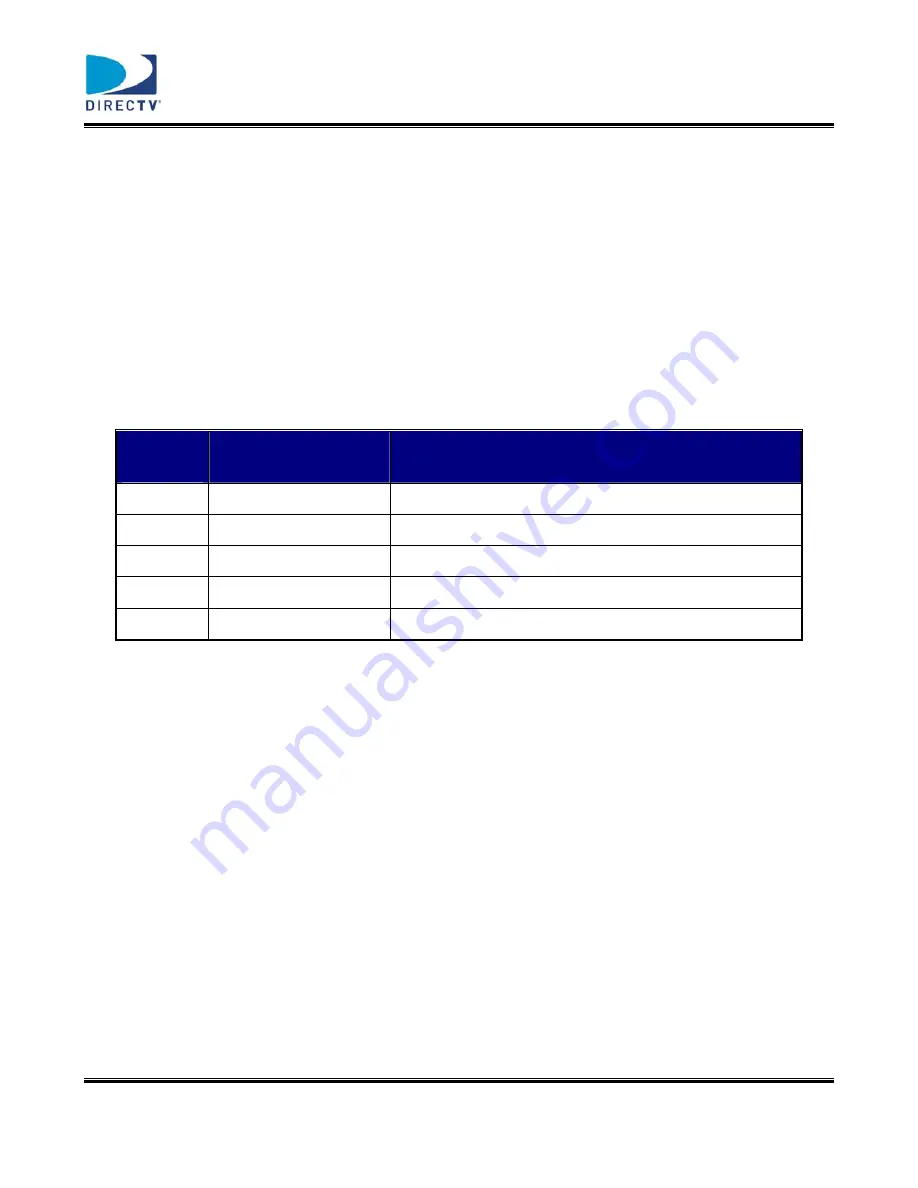
DIRECTV Set-Top Box Information for the Installer
DIRECTV, Inc.
March 5, 2008
Version 2.2
Page 13 of 42
DTV-MD-0058
4.4 Multi-Tuner Data Port Commands
A new set of commands are introduced for multi-tuner STBs, such as R15 and HR20. For multi-tuner
STBs, the tuner needs to be identified for many of the commands as an input parameter. To maintain
backward compatibility, new commands with the suffix “MT”, have been created that have a TunerID
parameter added. In the case where an original non TunerID command is issued to a multi-tuner STB,
it will be executed as the equivalent “MT” command with TunerID set to 0x01. The [TunerID] shall
start at 0x01 and increase in value by one for each additional tuner (i.e. 0x01, 0x02, 0x03…). The
[TunerID] can be obtained by issuing the command GetTuner. See Table 4-1 for the list of STBs that
support the multi-tuner commands.
Table 4-4: Multi-Tuner Commands Summary
Comman
d Code
Command Label
Description
0x9A
GetTuner
Get the number of tuners and their designations.
0x8A
GetPrimaryStatusMT
Get the status information of current channel.
0x8B
GetCurrentChannelMT Get the major and minor numbers of the tuned channel.
0x9D
GetSignalQualityMT
Get the signal level for the tuned channel.
0x9F
OpenUserChannelMT
Tune to a channel by inputting a channel number.
4.5 Default Data Rate and Format
All STBs have a default data rate of 9600. The data format is 1 start bit, 8 data bits, no parity, 1 stop
bit, and no handshaking.
4.6 Command Protocol
The STB will use the command and data acknowledgment protocol for flow control as specified in
Figure 4-1.
Any controller that is implemented to control DIRECTV STB, should follow the protocol depicted in
Figure 4-1.


